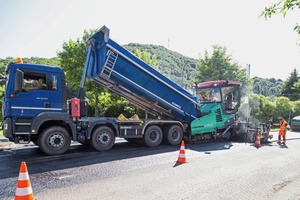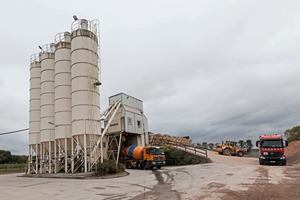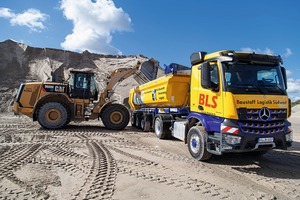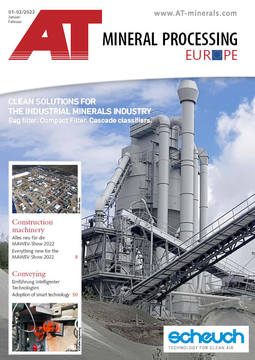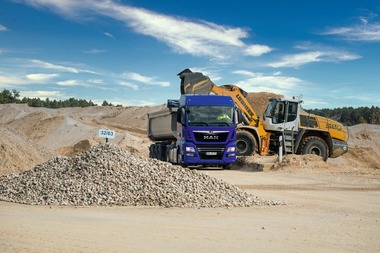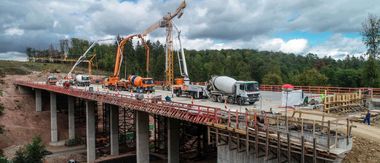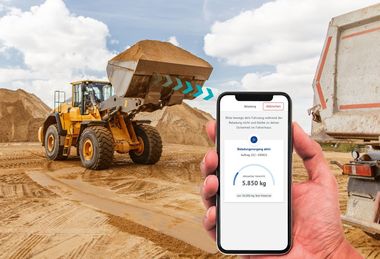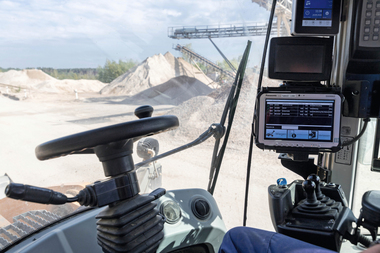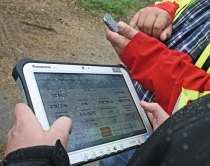Digitalised delivery processes
Mixing foremen, weighers and site managers are normally trained for these situations and develop an incredible flexibility here in order to keep the whole delivery process running somewhat optimally. The telephone hardly ever stands still, because everything has to be coordinated as precisely as possible between all these participants, which also include the vehicle drivers. “However, this costs nerves, time and thus also money,” says Beate Volkmann, board member of PRAXIS EDV-Betriebswirtschaft- und Software-Entwicklung AG from Pferdingsleben in Thuringa. Yet these processes can also be digitalised very effectively and sustainably with manageable effort and thus be made much less stressful, according to Beate Volkmann. Up-to-date online maps, GPS trackers, dynamic order apps, company cloud through to PxFertiger consoles are just some of the keywords here.
“It’s like almost all digitalisations of already existing analogue processes - the already existing resources are integrated or even completely replaced by new systems.” There is no “silver bullet.” Depending on the existing preconditions, different paths would lead to the goal of having all data available to all participants at all times and thus optimising the entire supply chain from the factory to the construction site, explains Beate Volkmann. The most important prerequisite for this is that all active components involved must be equipped with the appropriate technology in order to be able to use the information chain completely, permanently and above all reliably.
This starts with the vehicles, which are equipped with a GPS tracker. In addition, the driver receives a dynamic order app that informs him about all areas of the order, the situation on the road, on the construction site and in the plant. Mixing foremen and weighers also receive the corresponding software and then know exactly when which quantities of building materials need to be available. At the same time, the number of vehicles is planned depending on the route in such a way that, on the one hand, schedules are adhered to and, on the other hand, no unnecessary downtimes occur. Several active construction sites can also be synchronised and, if necessary, different vehicle fleets can be included in the scheduling. The site manager knows via his own app exactly when which building materials will arrive. Re-orders and cancellations are also possible without any problems.
Everything is connected via the company cloud, which permanently collects, evaluates and extrapolates data at a central point and constantly informs about the current status. The software can suggest what needs to be changed and how in order to optimise production, the supply of materials and installation. “We have already had cases where the rotating fleet of vehicles could be significantly reduced after digitalisation, because the software had calculated a much more effective cycle,” Beate Volkmann definitely sees a clear savings potential. And what applies to concrete and asphalt can also be applied in quarries and sand pits for the delivery of normal bulk material without any problems. “It’s just important to take the first step and get started.” Many years of experience have shown that the initial scepticism of those involved quickly subsides, Beate Volkmann knows. “Once the system is running stably, hardly anyone wants to do without it.

